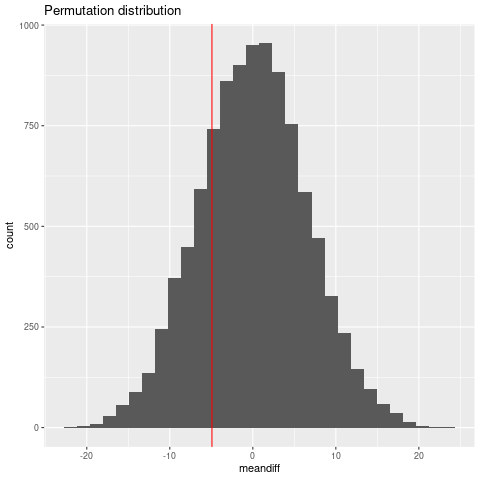Another question in comments:
Can you please provide an example where under the null hypothesis of no difference between two groups of data, data are not exchangeable. Basically, I suspect that Under the null hypothesis of no difference between groups, all data are exchangeable. Then, permutation test will be applicable everywhere.
This is opening a can of worms ... the paper (a review Joan F Box' biography of her father) contains:
There is a difficulty---not described by Box---with randomization and permutation tests as they are usually worked out when the experimental layout is at all complex: for example, if it is a two-way layout. The permutation test typically is based on what might be called the null null hypothesis3 of identical treatments, or at least identical distributions for the treatments. Yet another of Fisher's great contributions is the idea of factorial design with its associated analysis of vari- ance, in which various kinds of treatments (e.g., row and column treatments) may be looked at separately. (See, for example, the discussion on analysis of variance on p. 110, or of factorial designs on pp. 164-166.) So here we have a secondary paradox within the larger one over long-run support for randomization. Indeed, the obscurity about no treatment difference as the basis for a permutation tests and the untangling of treatment differences by different factors, interactions, and so on, lay at the core of the first major confrontation between Fisher and Jerzy Neyman (Neyman 1935). Neyman in effect pointed out the paradox, and Fisher retaliated ferociously.
You might consider asking a separate question about this!


